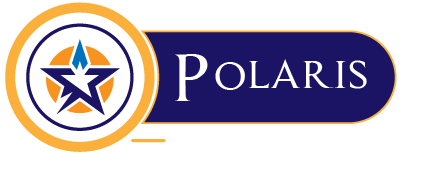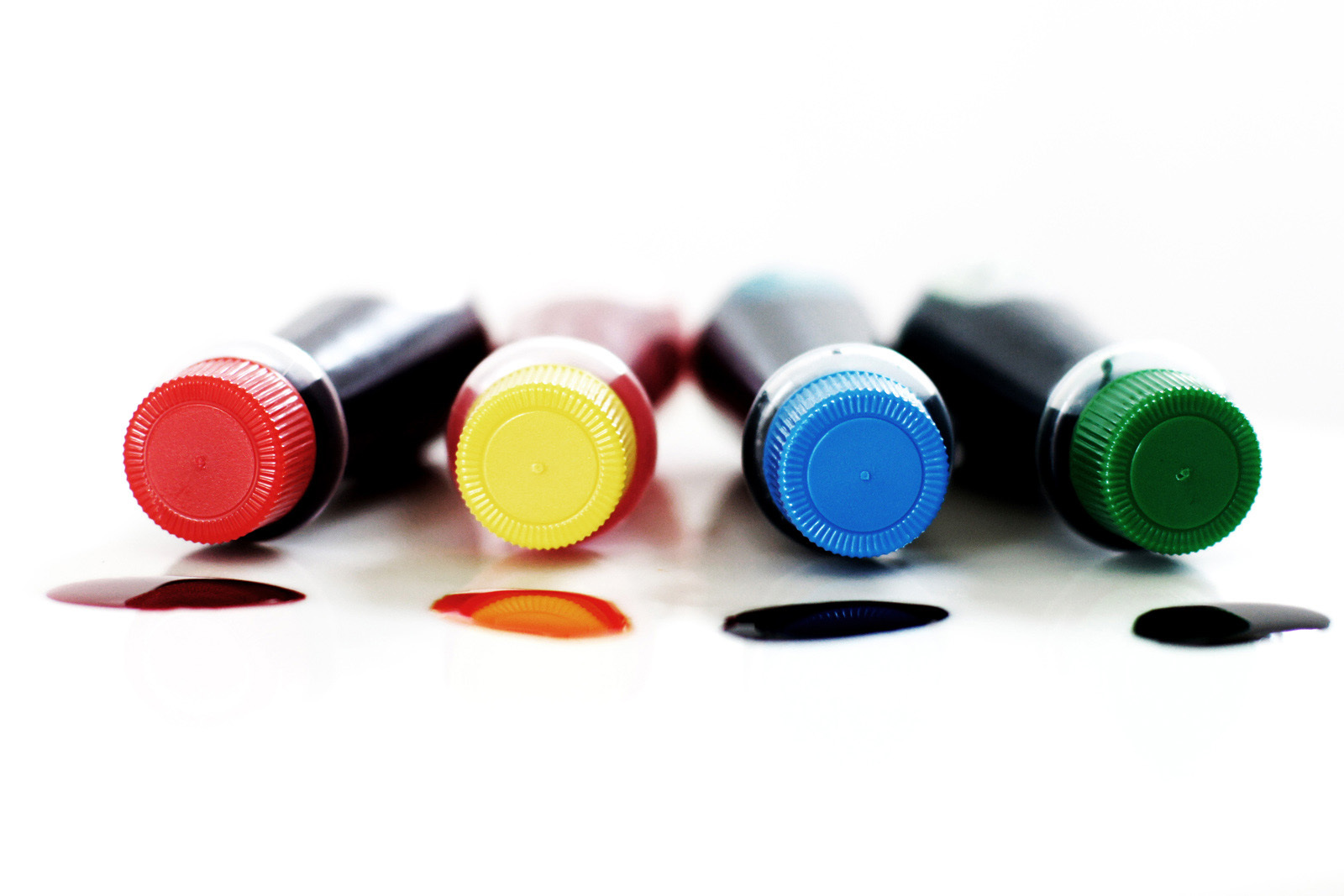Lake food colors, also referred to as lakes, are a type of food color additives. They are widely used as a synthetic color in food products. Along with that, they find a wide range of applications in several sectors, including plastics, pharmaceuticals, cosmetics, and inks, amongst others.
Available in a wide range of colors, the coloring of lake food colors is primarily achieved through the dispersion of colors. Read on as we detail the features and types of lake food colors and shed light on the industry analysis and growth drivers for the lake food colors market.
Features of Lake Food Colors
Lake food colors are widely used due to their several characteristic features. Below, we’ve detailed some of them:
Highly adaptable and versatile: Lakes are inert absorption compounds. This makes them highly adaptable and versatile. Also, these can seamlessly be dispersed in sucrose or propylene glycol suspension.
Stability: The stability of lake colors is comparatively higher than water-soluble colors. Due to their high solubility, lake colors can be used in a wide range of products. Also, they are available in different color concentrations.
Oil solubility: Lake colors are oil soluble. This means they can be mixed with fats and vegetable oils.
Industry Analysis and Growth Drivers
The lake food colors industry is anticipated to grow at a steady rate. The lake food colors market size was USD 258.64 million in 2022 and is expected to reach USD 476.24 million by 2032. The market is anticipated to exhibit a CAGR of 6.3% during the forecast period.
The market growth is being driven by:
- Rising demand for processed and packaged food
- Emergence of clean label trends
- Surging consumption of various types of beverages
Popular Types of Lake Food Colors
Organic lake pigments and aluminum lake colors are the most commonly discussed lake pigments. Here’s a quick overview of the two:
Organic lake pigments
As their name suggests, these are natural colors procured from natural sources like herbs, species, and plants. Some examples of organic lake pigments developed by lake food colors market key players are:
- Organic Beet Juice Powder
- Organic Elderberry Concentrate
- Saffron
- Paprika
- Riboflavin
- Organic Caramel
- Annatto
Aluminum lake colors
These are typical blue color additives. They’re primarily used as blue pill coatings. Aluminum lake colors find applications in several foods and drugs. It’s worth noting that aluminum lake colors aren’t the same as the elemental aluminum.
Red Color Segment Held the Largest Market Share
With rising consumer interest in brightly colored and visually appealing foods and beverages, the red color segment accounted for the largest lake food colors market share. Additionally, the development of eye-catching red shades and formulations by industry players, which allows businesses to differentiate their products easily, has also been creating lucrative demand for the segment over the past few years.
Benefits of Lake Food Colors
There are several benefits of using lake colors. Here are some of them:
- Lake colors are known for their stability and don’t bleed easily
- Lake colors are highly versatile and easily adaptable
- Can be used to color a wide range of products and items
- Can be easily combined with fats and vegetable oils
- Available in different color concentrations
North America is Anticipated to Dominate the Market
The region’s growth in the lake food colors industry can primarily be attributed to the busy consumer lifestyle, which has spurred the demand and consumption of ready-to-eat food products. Besides, the continuous rise of e-commerce platforms and online marketplaces, which has made it easier for consumers to access various products like food colors, is also impacting the region’s growth favorably.
Enhancing Food Stability
Lake food colors are food color additives primarily used to enhance the visual appeal and improve the stability of food products. The rising consumption of various types of food products, such as sports drinks and soft drinks, is anticipated to boost the lake food colors market sales in the upcoming years.

